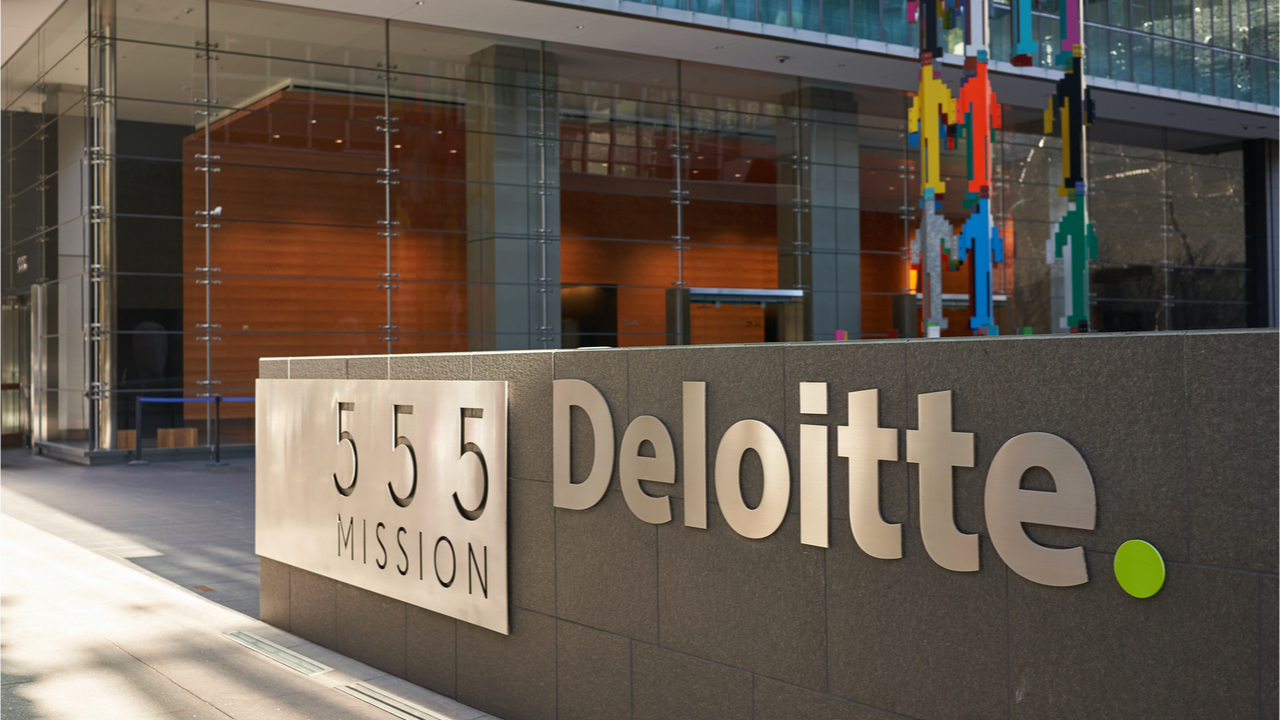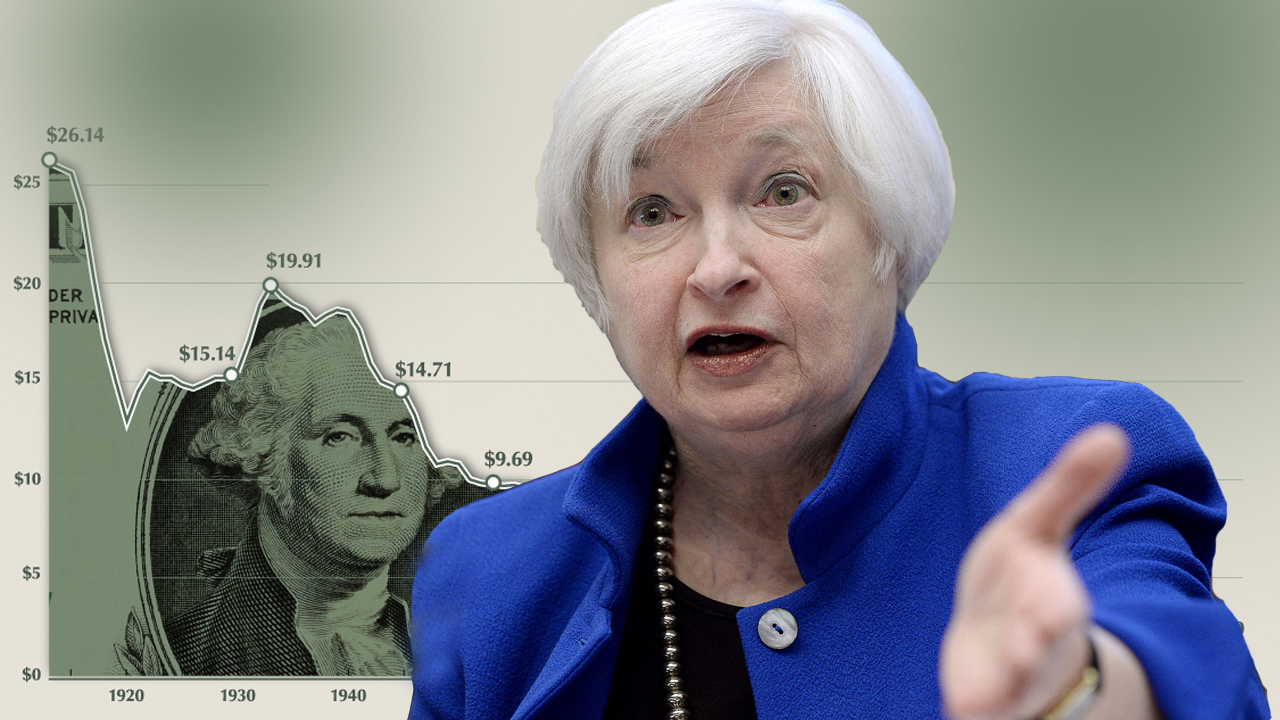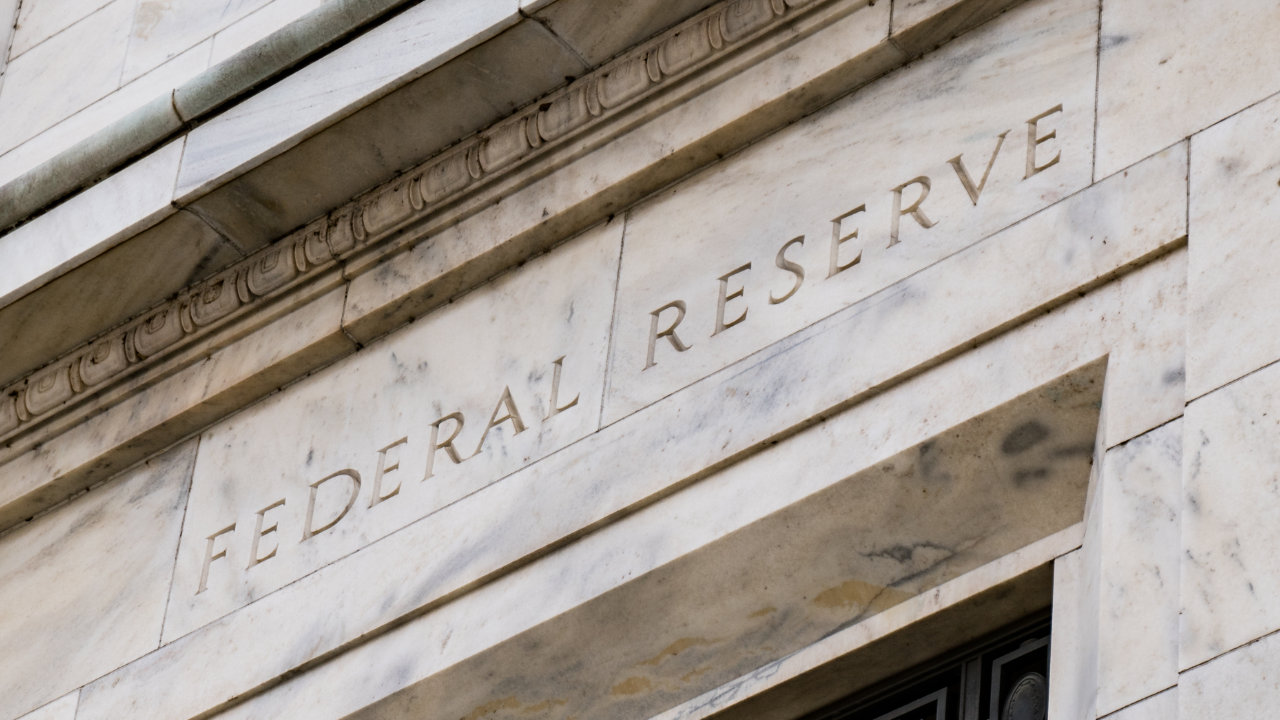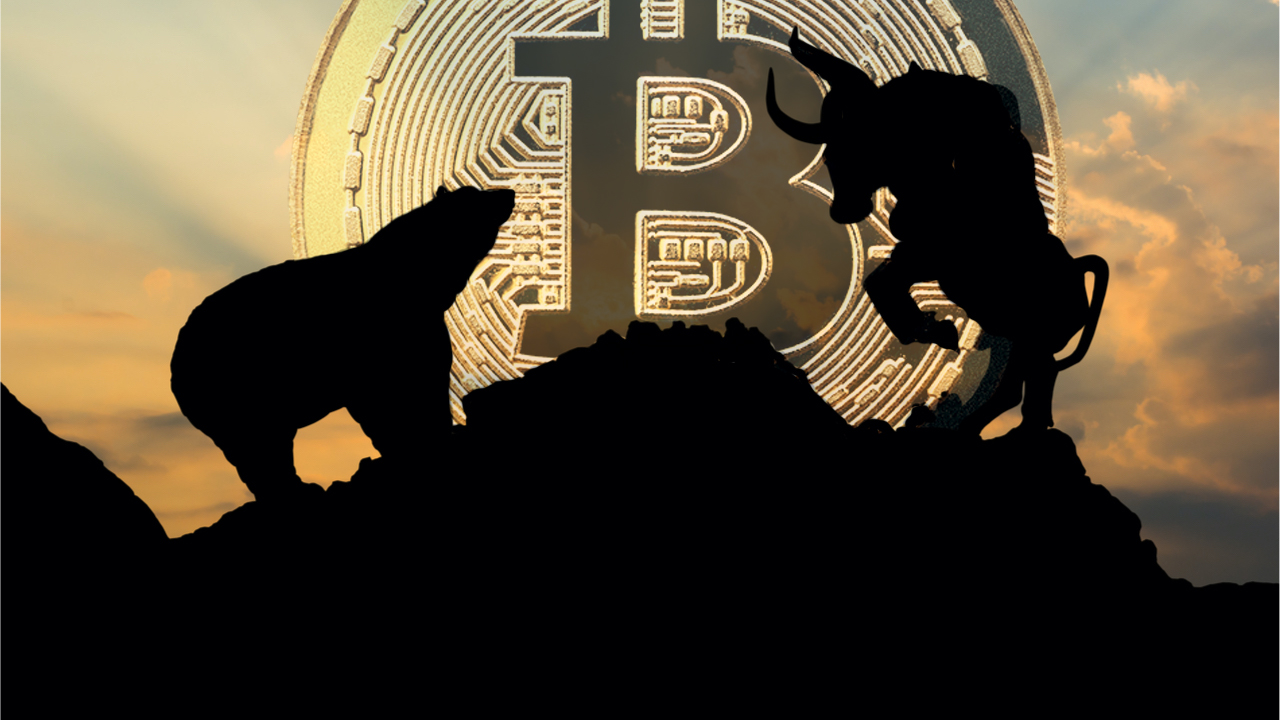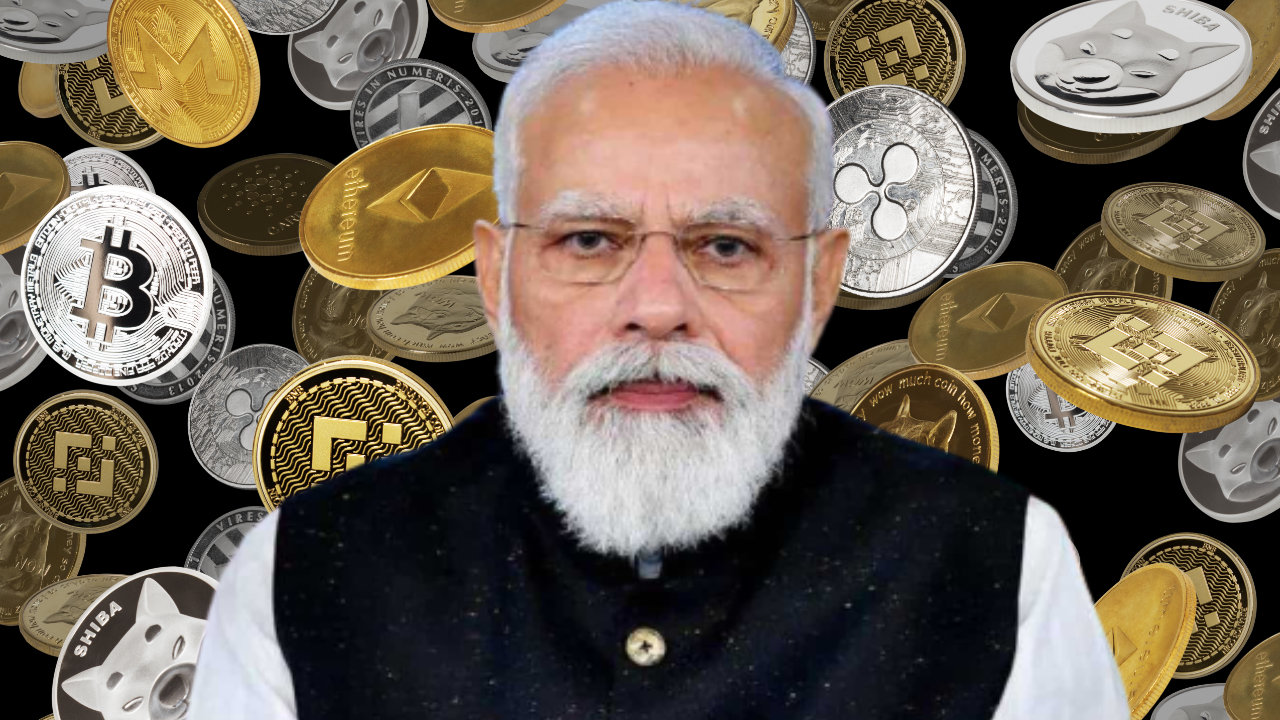On Tuesday, one of the Big Four accounting organizations, Deloitte announced a strategic partnership with Ava Labs, the team behind the blockchain network Avalanche. According to the announcement, Deloitte’s new cloud-based platform leverages Avalanche in order to “improve security, speed and [the] accuracy of Federal Emergency Management Agency reimbursements.” Deloitte to Utilize Avalanche Protocol to…
Big Four Accounting Firm Deloitte Forges Partnership With Ava Labs to Leverage Avalanche Blockchain
